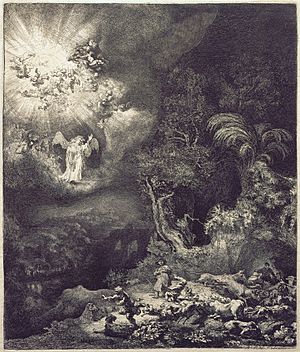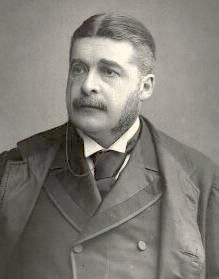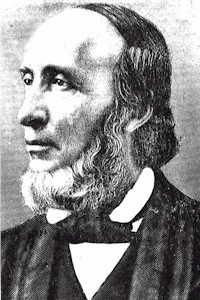It Came Upon the Midnight Clear facts for kids
Quick facts for kids It Came Upon the Midnight Clear |
|
|---|---|

The Angel Appearing to the Shepherds, 1634, by Rembrandt
|
|
| Genre | Christmas carol |
| Written | 1849 |
| Text | Edmund Sears |
| Based on | Luke 2:14 |
| Meter | 8.6.8.6 (CMD) |
| Melody | "Carol", by Richard Storrs Willis, or "Noel", adapted by Arthur Sullivan |
It Came Upon the Midnight Clear is a famous Christmas carol. It started as a poem in 1849. Edmund Sears, a minister from Wayland, Massachusetts, wrote the words. A year later, in 1850, Richard Storrs Willis composed a tune for it called "Carol." This tune is very popular in the United States. In other countries, like those in the Commonwealth, people often sing the words to a different tune. This tune is called "Noel" and was adapted by Arthur Sullivan.
Contents
The Story Behind the Song
Who Wrote the Words?
Edmund Sears wrote this five-stanza poem in 1849. It first appeared in a newspaper called The Christian Register. This was on December 29, 1849, in Boston, Massachusetts.
Sears was a minister in Wayland, Massachusetts. Later, he moved to a larger church in Lancaster, Massachusetts. This church was famous for its design by Charles Bulfinch. After several years, Sears faced some personal challenges. He then returned to Wayland.
A Message of Peace in Troubled Times
Sears wrote "It Came Upon the Midnight Clear" while working part-time in Wayland. He was feeling sad and thoughtful at the time. There was also news of conflicts in Europe. The United States had also recently been in a war with Mexico.
Because of these events, Sears saw the world as troubled. He felt people were not listening to the true Christmas message. His friend, William Parsons Lunt, asked him to write something for his Sunday school. This is how the carol's words came to be.
Some say the carol was first sung at Sears' home on Christmas Eve. However, the tune we know today was not written yet. The song is special because it talks about peace in Sears' own time. It reminds us of the importance of peace, especially after the Mexican–American War. Many singers have included this song on their Christmas albums.
The Melodies of "It Came Upon the Midnight Clear"
The American Tune: "Carol"
In 1850, Richard Storrs Willis created a musical piece. He was a composer who studied with Felix Mendelssohn. This piece was first used with other lyrics. It later became known as the tune "Carol."
By 1880, Sears' words and Willis' tune were often put together. This combination is still the most popular in the United States.

The Commonwealth Tune: "Noel"
In countries like Canada, Australia, and the United Kingdom, a different tune is often used. This tune is called "Noel." Arthur Sullivan adapted it from an English melody in 1874.
You can also find this "Noel" tune in The Hymnal 1982. This is a songbook used by the Episcopal Church in the United States.
The Beautiful Lyrics
The complete song has five verses, also called stanzas. Some songbooks might leave out one or two verses. For example, the United Methodist Hymnal often skips the third verse. Other books, like The Hymnal 1982, might skip the fourth. You might also find small changes to Sears' original words.
It came upon the midnight clear,
That glorious song of old,
From angels bending near the earth
To touch their harps of gold;
"Peace on the earth, good will to men
From heaven's all-gracious King" –
The world in solemn stillness lay
To hear the angels sing.
Still through the cloven skies they come
With peaceful wings unfurled,
And still their heavenly music floats
O'er all the weary world;
Above its sad and lowly plains
They bend on hovering wing,
And ever o'er its Babel-sounds
The blessed angels sing.
But with the woes of sin and strife
The world has suffered long;
Beneath the angel-strain have rolled
Two thousand years of wrong;
And man, at war with man, hears not
The love-song which they bring; –
Oh hush the noise, ye men of strife,
And hear the angels sing!
And ye, beneath life's crushing load,
Whose forms are bending low,
Who toil along the climbing way
With painful steps and slow,
Look now! for glad and golden hours
Come swiftly on the wing; –
Oh, rest beside the weary road
And hear the angels sing!
For lo! the days are hastening on
By prophet bards foretold,
When with the ever circling years
Comes round the age of gold;
When Peace shall over all the earth
Its ancient splendors fling,
And the whole world give back the song
Which now the angels sing.—Sears, Edmund H. (Edmund Hamilton), Library of Congress and The Internet Archive.
See Also



